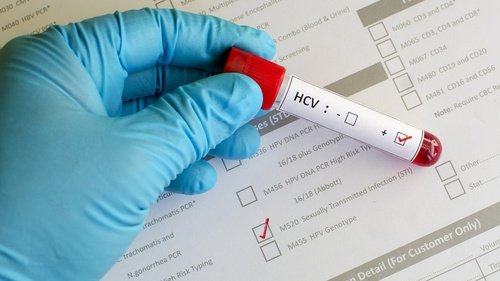The prevalence of hepatitis B in Indonesia is still in the moderate to high category. Some areas in Indonesia are also hepatitis B endemic areas. One of the endemic areas of hepatitis B cases in Indonesia is West Nusa Tenggara, such as Lombok Island. So identification of number of cases and types of hepatitis B virus in Lombok needs to be done regularly. This is an effort to anticipate the widespread spread of hepatitis B.
Hepatitis B is an infectious disease and a manifested disease that can be detected in conditions when it is already severe, for example in cirrhosis or liver cancer. Prevention of hepatitis B can be done through hepatitis B immunization that has been declared by the Indonesian government as one of the basic immunizations since 1997.
Hepatitis B immunization is given in 3 doses, the first dose at the age of 0 days or newborns, the second dose at 1 month old and the third dose given to babies aged 6 months. This means that hepatitis B is included in the category of disease which can be prevented by immunization (PD3I). The immunization coverage at age five is quite high, so hopefully these children have immunity against hepatitis B.
It’s different from people born before 1997 or aged over 23 years and over, the possibility that they have not received hepatitis B immunization still occurs. In this group, extra attention is needed in addition to ensuring that the coverage of hepatitis B immunization in the toddler group remains high. People aged 23 years and over are productive age at work. In the area of Lombok, Nusa Tenggara, many people work as Indonesian workers (TKI) in neighboring countries, for example Malaysia, Hong Kong and so on. This profession as a migrant worker certainly has the risk to bring disease or get disease from abroad.
The hepatitis B virus as a causative agent of hepatitis B has geographic characteristics, so that it can be clearly identified whether the virus is “imported cases” or “local cases”. In this study, research was conducted to identify both the number of prevalence and type of virus from hepatitis B from infected migrant workers. We want to know how a migrant worker gets the hepatitis B virus, whether from abroad where they work or whether they have been infected in Indonesia.
In this study it was shown that there were quite a lot of TKI data with positive hepatitis B both from TKI before leaving and after returning which was around 14%. While the type of hepatitis B virus found in TKI is genotype B3 and B7, this type is a specific hepatitis B virus isolated in Indonesia. With this result, it can be said that TKI with hepatitis B virus are positive, they are most likely to be infected from Indonesia and not “imported cases”.
With cases of hepatitis B in migrant workers from Lombok, Nusa Tenggara which is quite high can be an “early warning” for the government to increase awareness so that migrant workers who will go abroad or return to Indonesia must be subjected to strict health screening. This step was taken as an effort to anticipate the spread of hepatitis B both domestically and abroad. (*)
Author: Laura Navika Yamani
The full article can be viewed through the following journal link:
http://www.apjtm.org/temp/AsianPacJTropMed1318-4907363_133753.pdf





